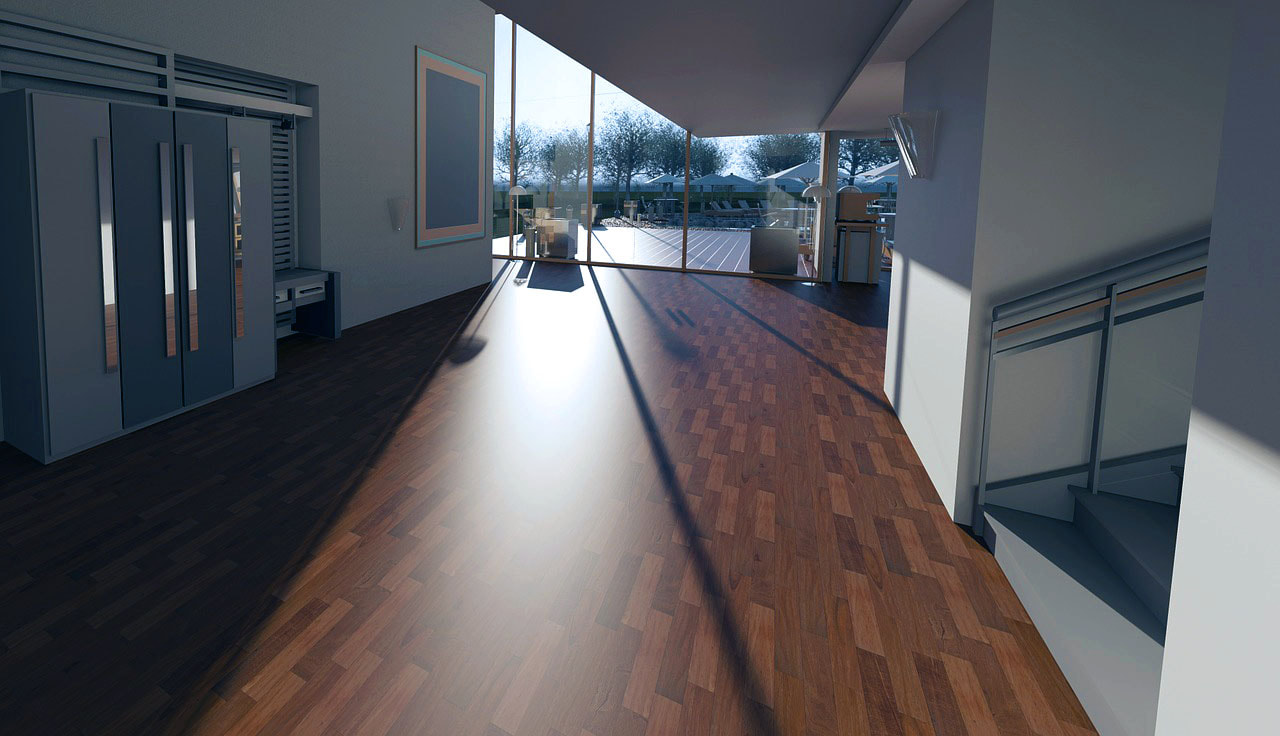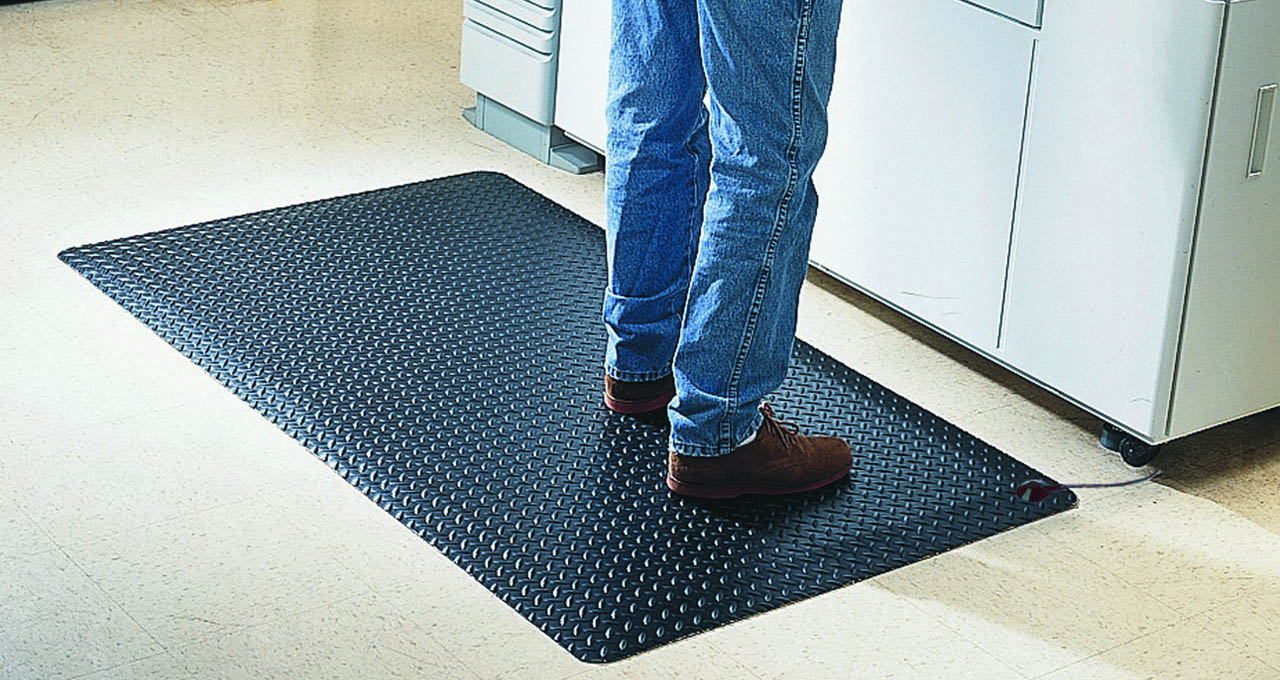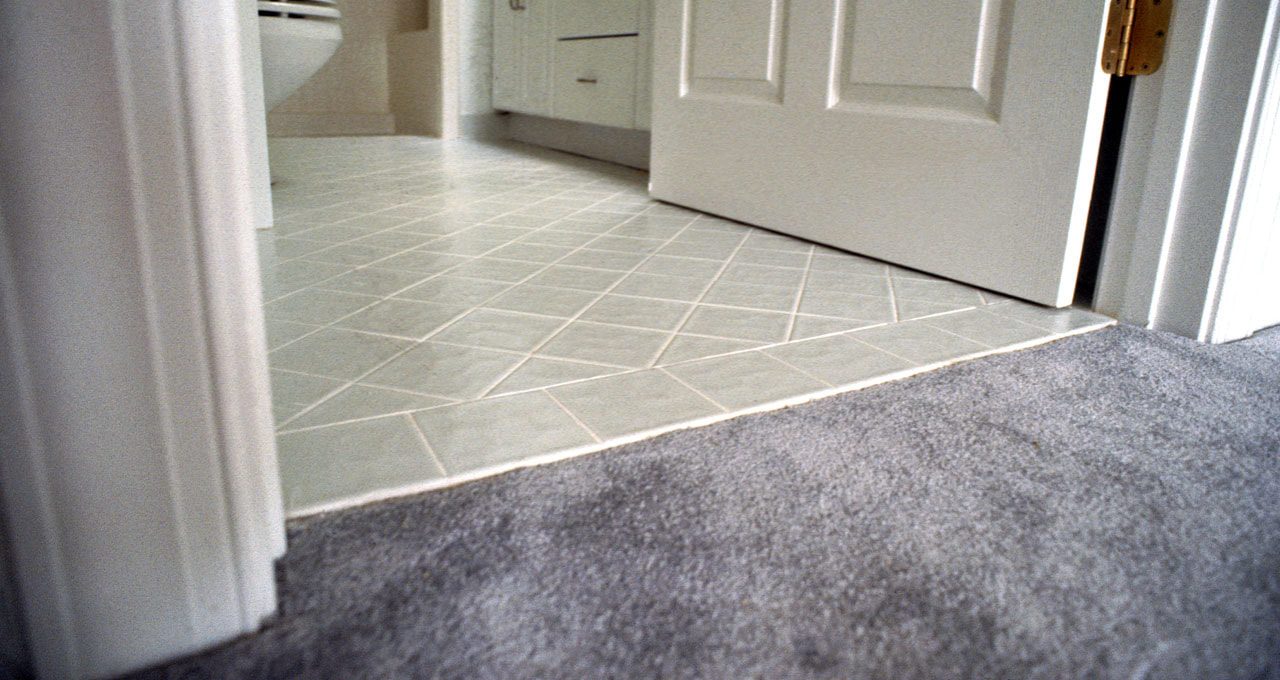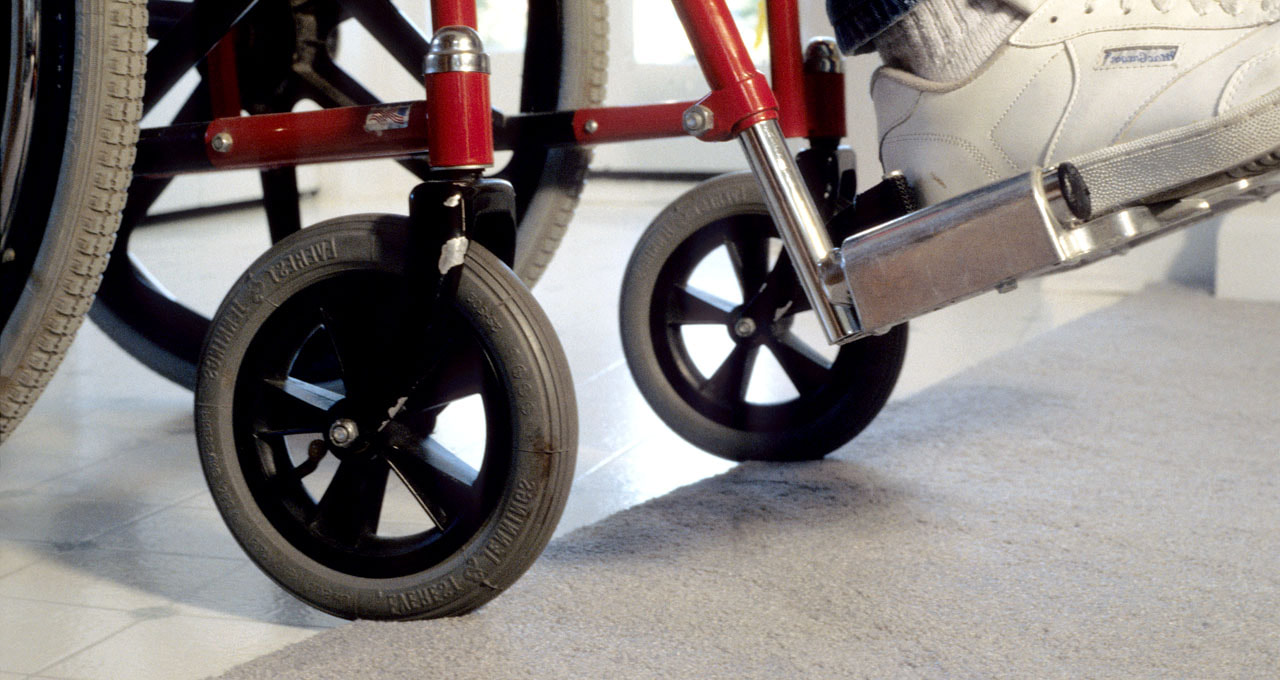|
By Anna Hazard
Introduction
The flooring throughout the main interior portions of the house are an important, if often overlooked, aspect to aging in place. Due to health issues such as vision, vestibular, or other balance problems, falling becomes more likely at the phase of life where it also becomes far more dangerous (with a greater risk of breaking bones or sustaining other major injuries from a simple tripping or falling event). According to the Centers for Disease Control and Prevention more than a 1/4 of all adults over age 65+ will have a falling event each year with over 20% of these accidents leading to injuries severe enough for hospitalization.
Fall prevention is a major concern for the elderly which is an issue that can be further addressed when modifying a home to properly age-in-place. In particular, when it comes to flooring and accessibility, safety, & universal design, one should keep in mind that...
General Recommendations
In general, the floors should always be kept dry and free of standing liquids whenever possible (as not only does it pose a slipping risk but liquids can also seep into seams & untreated surfaces thus damaging the flooring itself). The floor and all areas of common travel should also remain clutter free without low lying objects that can be tripped over.
Ground surfaces booth interior and exterior should have enough of a texture to be slip resistant yet still smooth enough for wheels & other mobility aids to easily glide over. The American Disabilities Act (ADA) declares that ground and floor surfaces along accessibility approved routes should be stable, firm, and slip resistant as mobility aids such as wheelchairs require regular/uniform surfaces that are stable & both hard and dense enough to easily roll across. Flooring should also be non-glare to not create visual disturbances that might cause someone to trip. Intricate and contrasting patterns used uniformly throughout the flooring should also be avoided as they can cause further depth perception issues in the elderly and those with visual acuity problems. Throw rugs & other smaller area rugs should be avoided due not only to the increased number of floor transitions with their edges, but they often pose as other slipping risks due to their small size & low weight causing them to slide, bunch up, or otherwise create bumps that can be tripped over. If cushioning is needed in a particular location for extended use, heavy duty water proof anti-fatigue mats can be used in such areas where standing in place for extended periods is expected (such as kitchen sinks & work counters). They cushion and reduce the pressure on feet, but their styling usually contains texturing (for increased slip proofing), gently sloping beveled edges for a smoother transition, and a heavy weight and rubber grip on their bottoms that keep the mat itself from moving. Mats that are raised too high from the normal level of the floor or which have an abrupt change in edge threshold should be avoided as they pose their own tripping risk. Floor Thresholds & Levels
|
AboutNews updates, tips, and guides on senior care, senior health, stress relief and a host of other caregiving related topics from the professionals at Ella Stewart Care. |






 RSS Feed
RSS Feed
